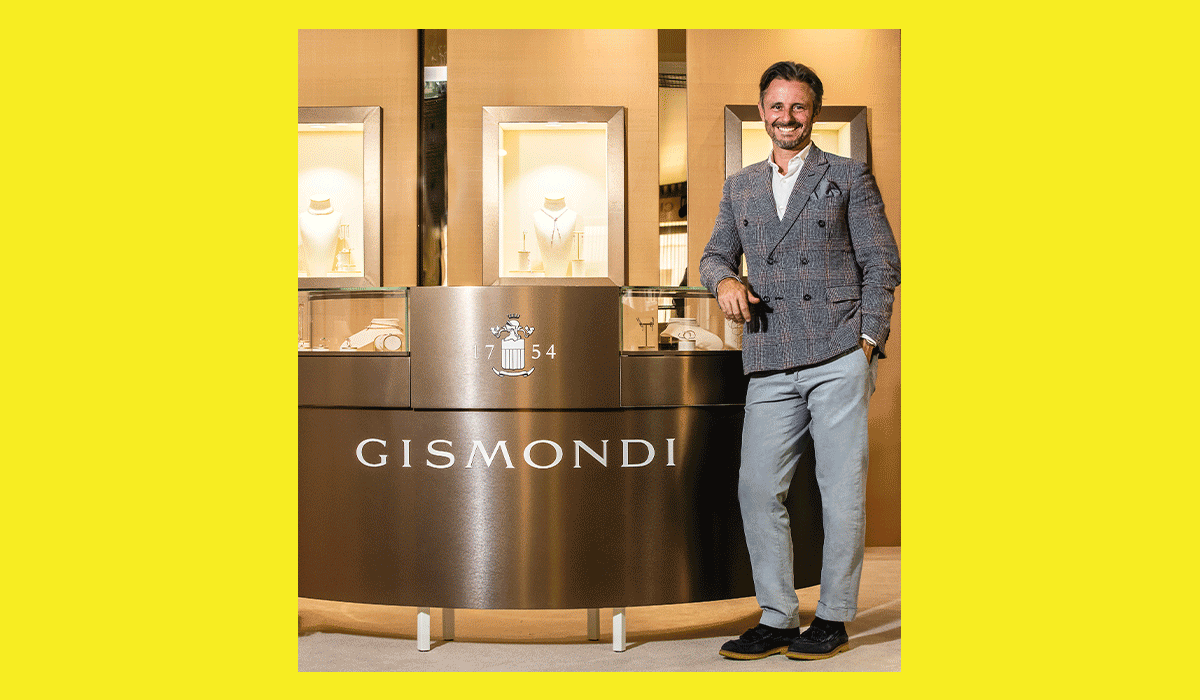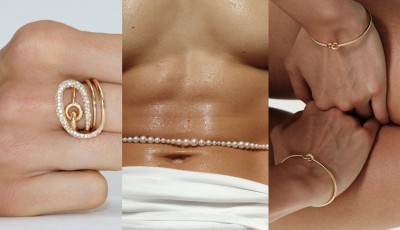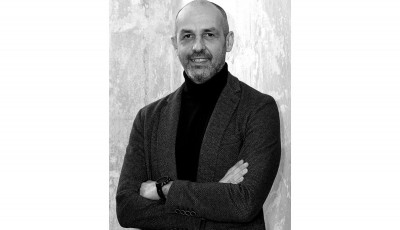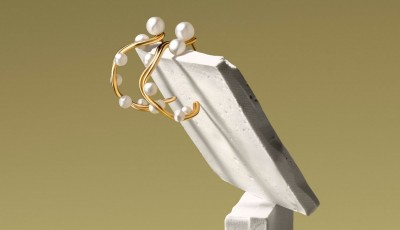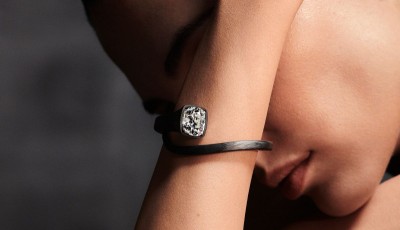Profession: Gem Broker
Massimo Gismondi introduces us to his world of colored stones, seen as a form of investment and the core of Gismondi 1754’s Special Sales
Who is the Gem Broker?
We call him GGB, Gismondi Gem Broker, and it is the person of reference who, from a business point of view, is linked to the world of stones. An activity that reports to me and to my entourage, which, thanks to its skills and experience, has, over the years, managed to construct synergies, alliances and networks that now allow us to find the rarest stones at the best prices.
Gismondi 1754 therefore puts aside its jeweler’s role and becomes a financial consultant with which the client installs a trusting relationship. Thanks to safe and profitable financial investment solutions, the client is sure to have a rare gem, to be able to enjoy it and, at the same time, preserve the current value into the years to come. There have always been Gem Brokers but we have always worked more with a view to looking after our clients and placing them at the center of everything with a tailor-made service.
How is a colored stone “experienced” these days?
Stones are a form of art. Some clients are mineral enthusiasts and want specific stones. They are highly knowledgeable, skilled and know exactly what they want. Then there are those clients who are fascinated but not enthusiasts, and this is where the commercial part of Gismondi 1754 comes into play as it takes these clients by the hand to discover the world of stones. The company has 4 gemmologists and we are always willing to provide information and technical details to explain the type of investment, the value, nature and rarity of a stone.
Rare and colored gems are in high demand on the market today. Why now?
In a time of huge economic uncertainty, after an initial fearful phase and even in the seriousness of the situation, people have gone back in search of stone. You can see it at auction houses where some extremely rare pink and blue diamonds have recently been sold, which, although not the most absolutely rare stones, are certainly the most expensive. In general, the market trend is created by us jewelers but, undoubtedly, the idea always comes from the colors dictated by fashion or design. At the moment, there is strong demand for blue, pink, red and orange diamonds, which are beyond any type of fashion since they are so rare and highly requested.
For those who want to invest in a rare stone, what would you suggest?
Broadly speaking, investments should be medium or long-term. More than 10 years. If I have a client who decides to make an important investment and wants to spend well (a few million, ed.), in ten years’ time, when that diamond goes back on the market, it will be reappraised at the auction houses or directly by our network, in the international stock exchange system or with our direct clients. How do you choose the right stone to invest in? In order to understand the type of investment, I have to look at the last 20 years: rare diamonds, in other words, pink, blue, orange and red, are the ones that have undergone the most significant reappraisals due to their rarity. It is like a work of art: twenty years ago, a Van Gogh painting cost a lot less than now.
Who moves the stone market levers and what difference is there between the industry of color and that of white diamonds?
The market is leveraged by the mining and cutting companies. The power of oligopoly decides how much material to introduce onto the market in order to balance demand and supply. I’ll give you a recent example. The diamond market is in the hands of the “seven sisters” which agree on prices (there are just over 100 accredited sightholders that directly purchase from the mining companies). During the March-April period of the pandemic, diamond purchasing was blocked and diamonds sales at auctions were closed. At that point, the sightholders could only cut what that had purchased prior to the pandemic with a consequent considerable downturn in demand for precious stones in general. The mining companies therefore blocked the quantity of raw stone to be introduced onto the market in order to adjust the prices as soon as demand re-started.
How does Massimo Gismondi select a stone to buy?
First of all, I must say that, compared to diamonds, the world of colored stones is a jungle. It’s far too fragmented and so it’s hard to establish and maintain a coherent price.
On an equal footing, for example, compared to a white diamond where everything is more defined, fancy colors have more significant color variations and shadings. In terms of colored stones, it is the human eye that makes the difference because it is the pleasure of the stone that is unmeasurable. When it comes to color, something happens that makes it much more complicated to evaluate. The guarantee is always given by the person looking at the stone, like my supplier in Sri Lanka, who acts as my remote eye.
What is the advantage of buying a stone from GGB?
Our ability lies in finding the first stones sent to the big dealers. Thanks to our network of alliances, we are able to offer them before they go onto the market. Nowadays, due to this network that we have created over the years, our stakeholders are part of the company because they believe in our project and allow us to buy stones at competitive prices. The suppliers often contact us through the social media too. You have to have the courage and determination to believe. A few months ago, for example, I started collaborating with a supplier in Rajasthan, who has a highly specific production, thanks to a contact through my personal Instagram account. Now we have a trusting relationship, which began at a time when I received a product selection, with no guarantee on my part, but entirely based on trust. A bold but winning move. A matter of luck.
We call him GGB, Gismondi Gem Broker, and it is the person of reference who, from a business point of view, is linked to the world of stones. An activity that reports to me and to my entourage, which, thanks to its skills and experience, has, over the years, managed to construct synergies, alliances and networks that now allow us to find the rarest stones at the best prices.
Gismondi 1754 therefore puts aside its jeweler’s role and becomes a financial consultant with which the client installs a trusting relationship. Thanks to safe and profitable financial investment solutions, the client is sure to have a rare gem, to be able to enjoy it and, at the same time, preserve the current value into the years to come. There have always been Gem Brokers but we have always worked more with a view to looking after our clients and placing them at the center of everything with a tailor-made service.
How is a colored stone “experienced” these days?
Stones are a form of art. Some clients are mineral enthusiasts and want specific stones. They are highly knowledgeable, skilled and know exactly what they want. Then there are those clients who are fascinated but not enthusiasts, and this is where the commercial part of Gismondi 1754 comes into play as it takes these clients by the hand to discover the world of stones. The company has 4 gemmologists and we are always willing to provide information and technical details to explain the type of investment, the value, nature and rarity of a stone.
Rare and colored gems are in high demand on the market today. Why now?
In a time of huge economic uncertainty, after an initial fearful phase and even in the seriousness of the situation, people have gone back in search of stone. You can see it at auction houses where some extremely rare pink and blue diamonds have recently been sold, which, although not the most absolutely rare stones, are certainly the most expensive. In general, the market trend is created by us jewelers but, undoubtedly, the idea always comes from the colors dictated by fashion or design. At the moment, there is strong demand for blue, pink, red and orange diamonds, which are beyond any type of fashion since they are so rare and highly requested.
For those who want to invest in a rare stone, what would you suggest?
Broadly speaking, investments should be medium or long-term. More than 10 years. If I have a client who decides to make an important investment and wants to spend well (a few million, ed.), in ten years’ time, when that diamond goes back on the market, it will be reappraised at the auction houses or directly by our network, in the international stock exchange system or with our direct clients. How do you choose the right stone to invest in? In order to understand the type of investment, I have to look at the last 20 years: rare diamonds, in other words, pink, blue, orange and red, are the ones that have undergone the most significant reappraisals due to their rarity. It is like a work of art: twenty years ago, a Van Gogh painting cost a lot less than now.
Who moves the stone market levers and what difference is there between the industry of color and that of white diamonds?
The market is leveraged by the mining and cutting companies. The power of oligopoly decides how much material to introduce onto the market in order to balance demand and supply. I’ll give you a recent example. The diamond market is in the hands of the “seven sisters” which agree on prices (there are just over 100 accredited sightholders that directly purchase from the mining companies). During the March-April period of the pandemic, diamond purchasing was blocked and diamonds sales at auctions were closed. At that point, the sightholders could only cut what that had purchased prior to the pandemic with a consequent considerable downturn in demand for precious stones in general. The mining companies therefore blocked the quantity of raw stone to be introduced onto the market in order to adjust the prices as soon as demand re-started.
How does Massimo Gismondi select a stone to buy?
First of all, I must say that, compared to diamonds, the world of colored stones is a jungle. It’s far too fragmented and so it’s hard to establish and maintain a coherent price.
On an equal footing, for example, compared to a white diamond where everything is more defined, fancy colors have more significant color variations and shadings. In terms of colored stones, it is the human eye that makes the difference because it is the pleasure of the stone that is unmeasurable. When it comes to color, something happens that makes it much more complicated to evaluate. The guarantee is always given by the person looking at the stone, like my supplier in Sri Lanka, who acts as my remote eye.
What is the advantage of buying a stone from GGB?
Our ability lies in finding the first stones sent to the big dealers. Thanks to our network of alliances, we are able to offer them before they go onto the market. Nowadays, due to this network that we have created over the years, our stakeholders are part of the company because they believe in our project and allow us to buy stones at competitive prices. The suppliers often contact us through the social media too. You have to have the courage and determination to believe. A few months ago, for example, I started collaborating with a supplier in Rajasthan, who has a highly specific production, thanks to a contact through my personal Instagram account. Now we have a trusting relationship, which began at a time when I received a product selection, with no guarantee on my part, but entirely based on trust. A bold but winning move. A matter of luck.


